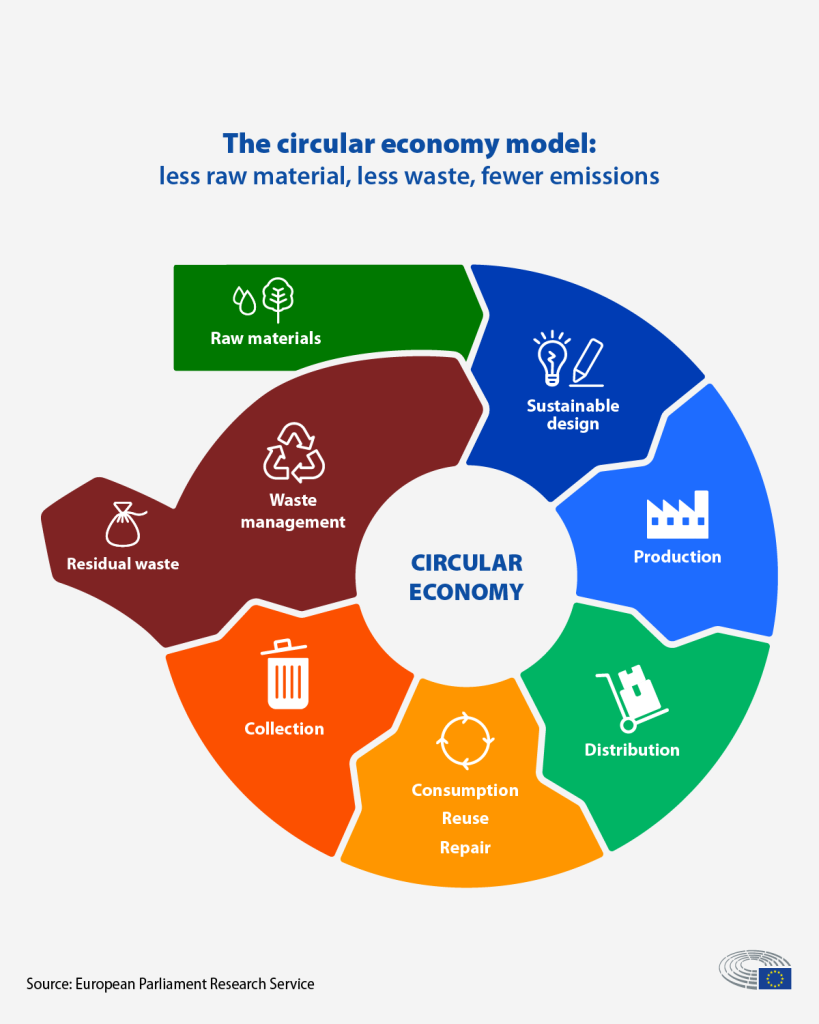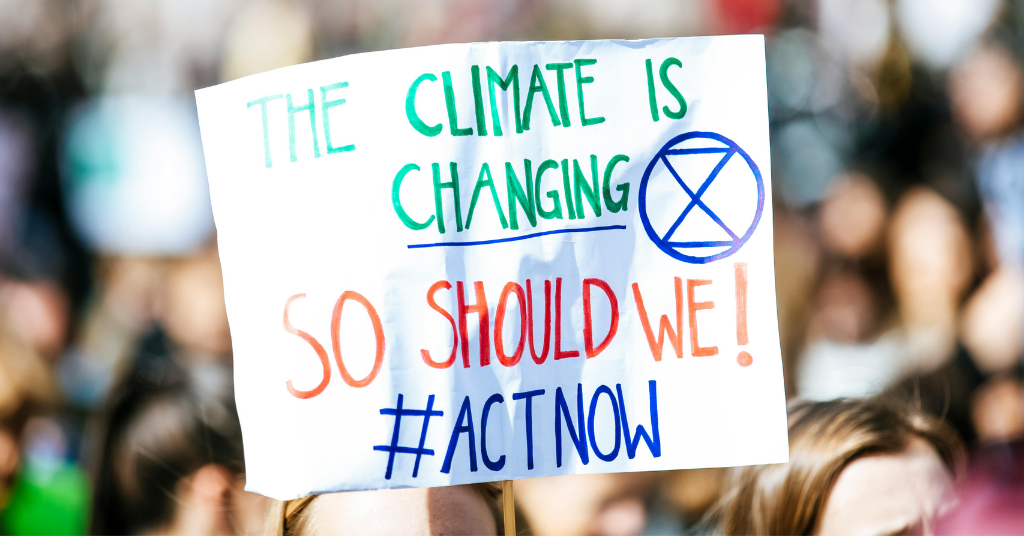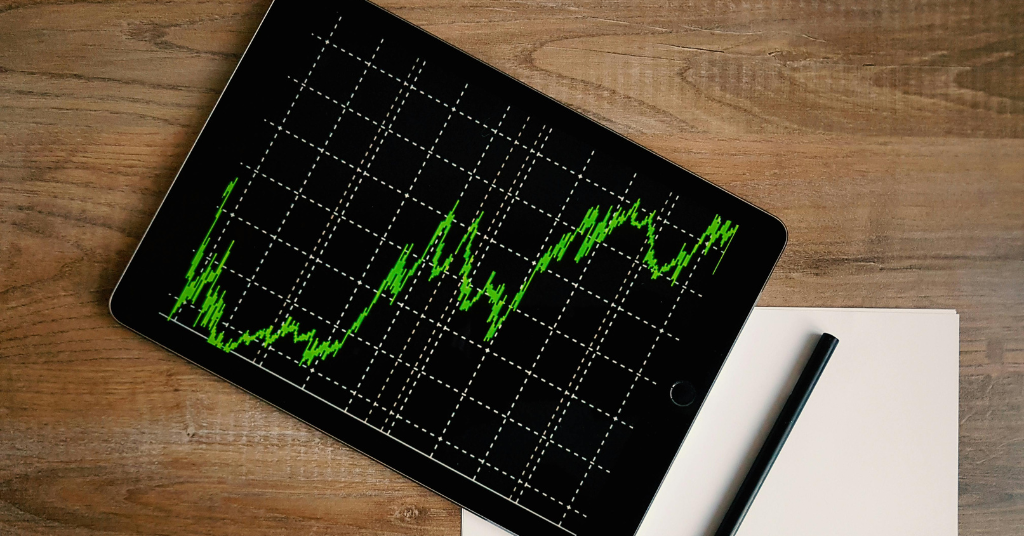Sadly, not a day goes by without devastating news about the environment. These events are symptoms of the triple planetary crisis: climate change, loss of nature and biodiversity, and pollution. This crisis threatens people worldwide, particularly in the Asia-Pacific region.
The planetary situation looks bleak, but together, it is still possible to create positive change. With 60% of the world’s population, 4.3 billion people, and more than 50% of global consumption, the Asia-Pacific region must take the lead in transforming the planet. This is why the transition to a green, circular economy that minimizes the environmental impact of economic activity so that almost nothing is wasted must be made as quickly as possible.
How does the circular economy work?
European Parliament
The circular economy model of production and consumption is based on extending the life of products as much as possible rather than consuming them once. Such a method could be:
- borrowing instead of buying,
- giving products that have already been bought a’second chance’ by repairing, refurbishing, or even reselling them
When the product reaches the end of its life cycle, the materials can be recycled. This reduces the amount of waste, and the reuse of raw materials and finished products also creates economic value.
In practice, this means minimizing waste. When a product reaches the end of its life, its materials are kept in the economy as far as possible through recycling. They can be used productively again and again, creating additional value. In this way, it differs from the traditional linear economic model, based on a “buy-make-consume-dispose” pattern.

European Parliament
The circular economy also has the advantage of reducing annual greenhouse gas emissions. According to the European Environment Agency, industrial processes and product use are responsible for 9.10% of EU emissions, while waste management accounts for 3.32%.
A shift to more reliable, reusable, upgradeable, and repairable products would reduce waste. Packaging is a growing problem, generating on average nearly 180 kg of packaging waste per year in every European country. The aim is to tackle the overuse of packaging and improve design to promote reuse and recycling.




